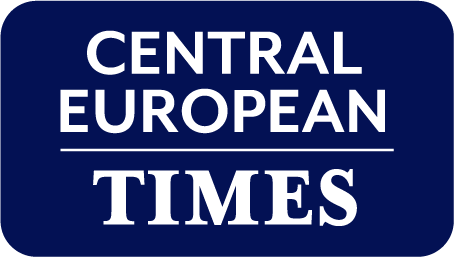
Europe’s Highwire Act: Bridge Minimal Wage Conditions Under a Single Regulation
Minimum wages are a make-or-break issue against in-work poverty and an important element of a single labor market. But instead of setting a mandatory pan-European minimum wage, the EU is striving for strengthening collective bargaining across member states against the will of multinational corporations in whose interests it is to keep wages low.
For years, European Union leaders have been toying with the idea that labor conditions in various member states should be brought closer together in order to make a more coherent labor market a reality. Economists overwhelmingly agree that equal working conditions and protection are key pillars of a single economic area to avoid one-way economic migration within the EU.

But given the huge income differences between the 27 countries when it comes to the minimum wage, ranging from Bulgaria (EUR 332/month) and Hungary (EUR 467/month) to Luxembourg (EUR 2202/month), and Ireland (EUR 1724/month), there is no one in Brussels who is able to fathom how to bridge such gaps. Instead, the European Commission in its minimum wage proposal tabled in October 2020 urged governments to ensure an “adequate minimum wage” across the EU – But with no exact figures in mind.
Commission president Ursula von der Leyen argued that “improving working and living conditions will not only protect our workers, but also employers that pay decent wages, and create the basis for a fair, inclusive and resilient recovery.” The proposal seeks to reduce the gender pay gap too, given that almost 60% of minimum wage earners are women.
Collective agreements vs. statutory minimum wages
What makes the EU-level minimum wage regulation particularly challenging is that in six countries – Denmark, Italy, Cyprus, Austria, Finland and Sweden – the minimum wage is negotiated exclusively through collective agreements. In the remaining 21 member states, workers have statutory minimum wages set by national governments. To make things even more complex, in four of countries with collective bargaining, 10-20% of the workers are not included in the scope of the minimum wage protection; for one of the four, that’s as high as 55%.

Legislators now have the challenge of finding common ground on a proposal that does not oblige governments to harmonize their labor wage system. Instead, it advises the application of collective bargaining on wages as a “gold standard” for all countries. They argue that member states with collective bargaining coverage have a lower share of low-wage workers, lower wage-inequality, and higher minimum wages.
To halt further deterioration, the EU is eager to work on adequate minimum wages which, according to the International Labour Organisation (ILO), have an important role to play in sustaining domestic consumption demand, strengthen incentives to create jobs and decrease wage inequalities. To underpin its arguments, the EC calculated ahead of the proposal that a boost of national minimum wages according to the double decency threshold (60% of the median and 50% of the average wage) would improve the wages of around 25 million EU workers. According to the latest data available from 2018, there are only four countries that are already above the double decency threshold.
To reach this goal in the rest of the member states, the EC suggests that countries with existing collective bargaining systems should make sure 70% of their workers are covered. Those who fail to reach the minimum goal will have to prepare an action plan according to the EC proposal.
On the flipside, EU countries with existing statutory minimum wages will have to put in place conditions for “adequate” minimum wages, including rules for regular reviews, and clear and stable criteria for setting levels and monitoring them. In the EC’s proposal, there are clear criteria for how to calculate minimum wages taking into account costs of living, tax levels, social benefits, the general level of gross wages, the growth rate of gross wages, as well as labor productivity.
Furthermore, the latter group of countries has to justify different rates of statutory minimum wage use ensuring that variations for specific groups of workers are non-discriminatory, proportionate, and justified.
Covid crisis compared to the 2009 crisis
The good news is that according to a fresh report by Eurofound, Minimum wages in 2021: Annual review, Europe seems to have avoided a mistake made in the previous crisis. The report’s conclusions show that member states have raised minimum wages consciously in the last year with the median increase at 3% – while only a few governments have chosen to freeze rates.
Another interesting aspect of the Eurofound report is that while gaps between EU countries remain significant, a clear process of convergence in minimum wages over the past decade is evident with noteworthy progress made in Central & Eastern European countries.
Possible timeline
In 2017, the European Parliament, in conjunction with the European Commission and the EU Council, called for adequate minimum wages and transparent and predictable wage setting in the European Pillar of Social Rights (Principle 6). As a follow-up, the von der Leyen commission added it to its political guidelines and promised to implement the pillar by the end of its 5-year term. After two public consultations, last October the EC presented its proposal currently being negotiated with governments in the European Council and MEPs in the European Parliament. Once adopted, member states will have two years to transpose it into national law.





